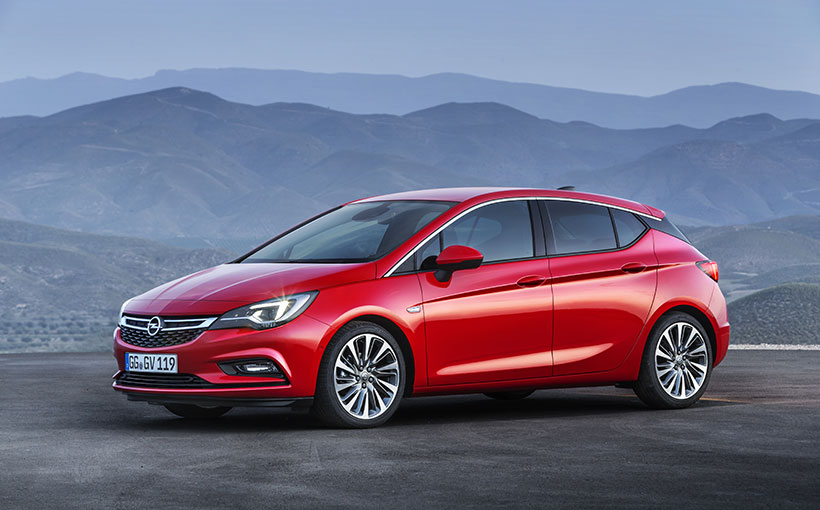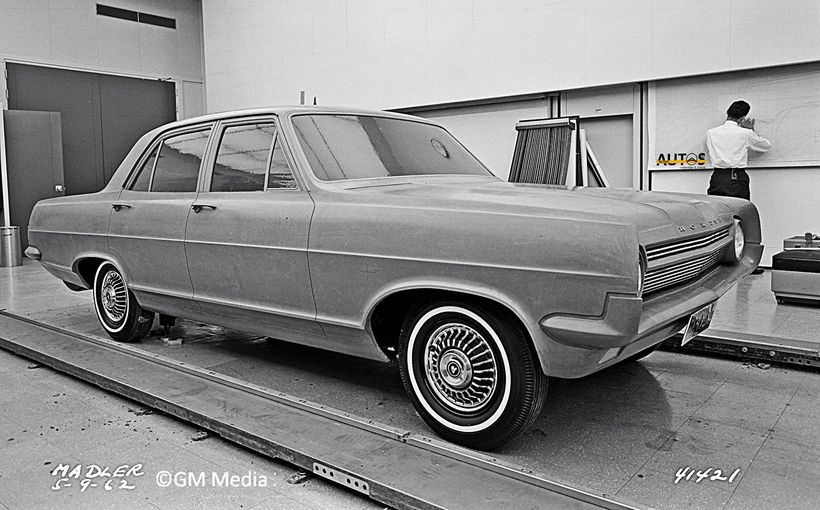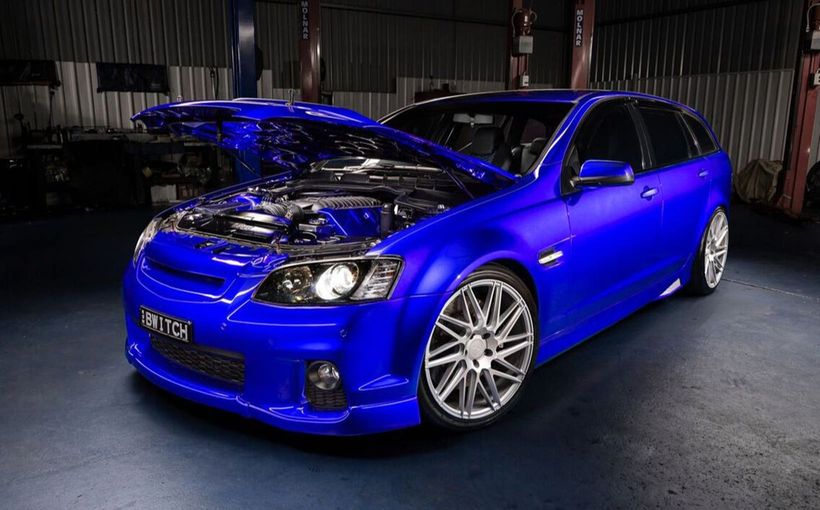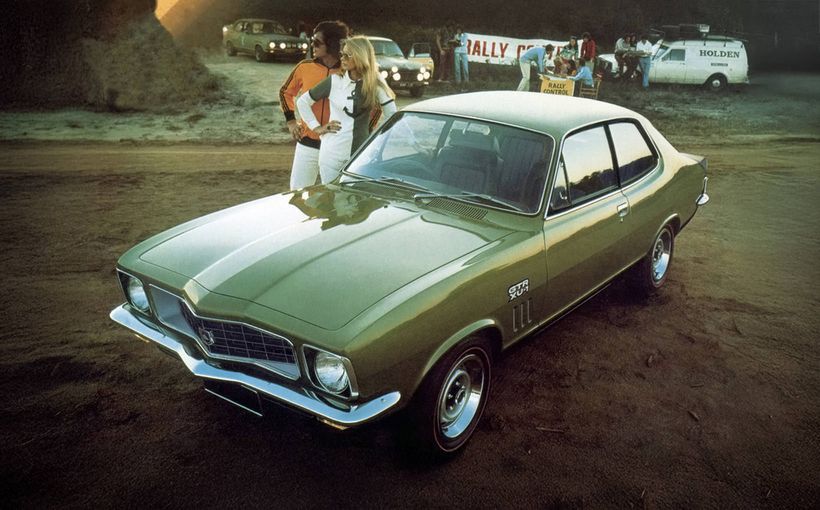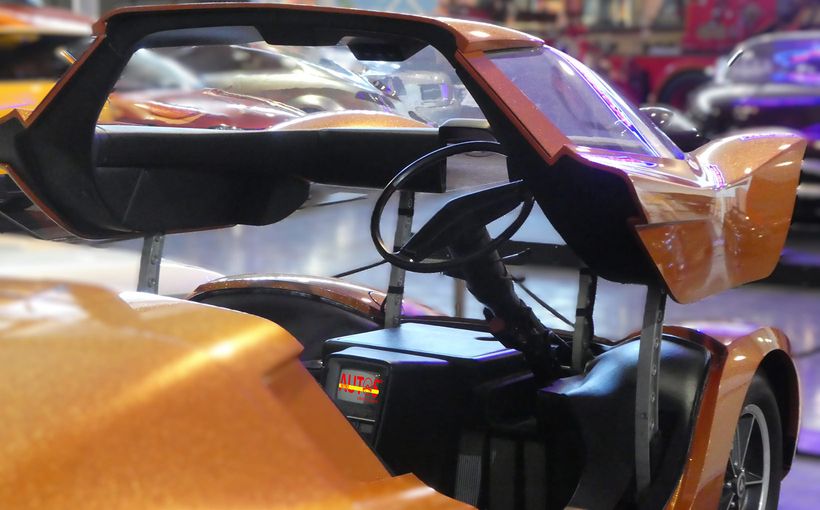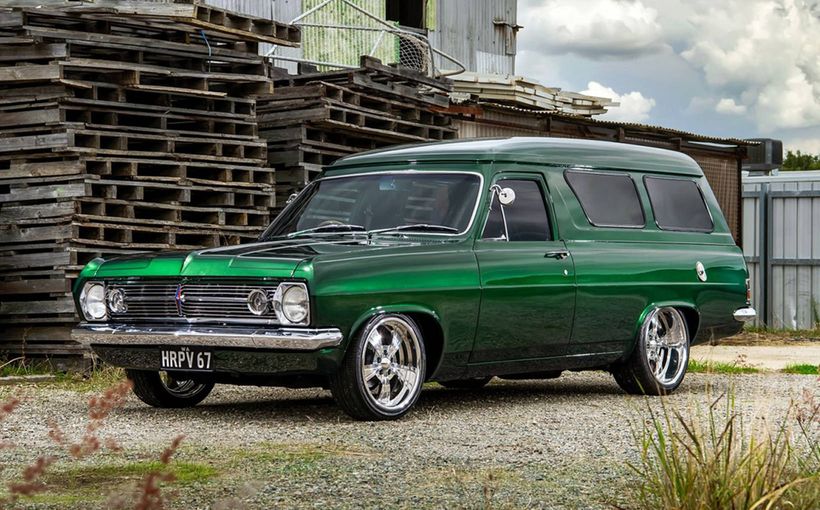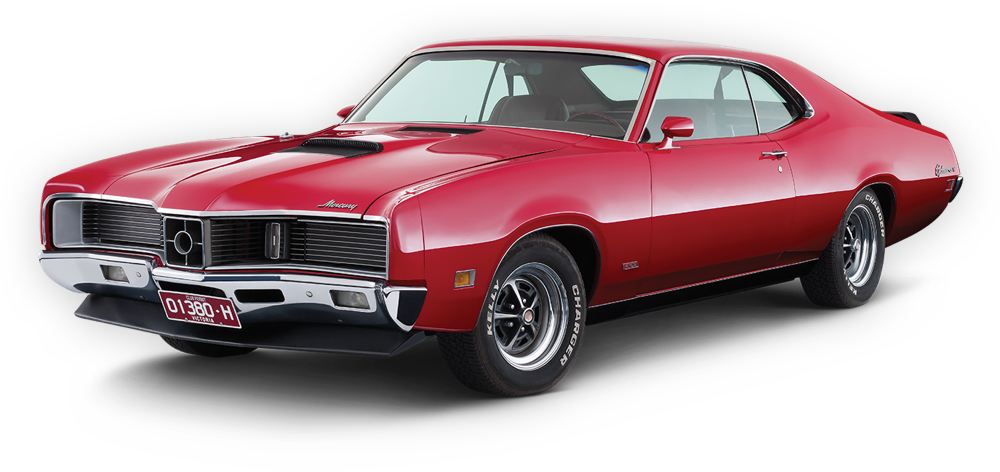Next-gen Astra revealed! Will it be Holden's bestseller?
HOLDEN Astra. Literally, and soon, metaphorically, the small car with more incarnations than Madonna will again be a star for General Motors in Australia.
After a seven-year hiatus, right now we’re seeing only the last remnants of the previous-generation ‘J’ series GTC coupe in three variant levels, but come 2017, and the all-new Astra ‘K’ will have the potential to be the best-selling Holden in the country.

It’s rumoured that the Opel-designed and engineered hatchback will replace the six-year old, and Adelaide-made Cruze as the company’s small car when local production of the latter finishes up later in 2017. But what remains murky is whether Holden will also import the next-generation Cruze into Australia to sell alongside the Astra as well.
The smart money right now is that both GM small cars will sell alongside one another, with the Astra aimed at the upper-spec Mazda3 and Volkswagen Golf set, while the Cruze will take on the Toyota Corolla and Hyundai i30 at the bottom end of the C-segment.

So what do buyers of stylish European hatchbacks have to look forward to then?
We won’t be getting a close-up look until the curtains are officially raised at the Frankfurt motor show in September, but Opel did pull the covers off its crucial Golf rival a few weeks ago for the first time.
The press blurb describes the Astra K’s aesthetics as “sculptural artistry meets German precision,” and a more “athletic” approach was applied instead of making the Astra too “muscular”; to that end, the currently fashionable blacked-out and divided C-pillar gives the impression of a ‘floating roof’; also in profile, the scalloped doors give the impression of speed and agility; and there are lots of LED lighting elements front and rear, promising more advanced technology underneath.

Similarly, the interior has been completely overhauled, with an all-new dashboard architecture featuring a touchscreen of up to 8.0-inches in size, revamped seating for all occupants (including an18-way adjustable driver’s seat with optional heating, cooling and massage function), rear-seat heating, and a selection of upgraded infotainment features, including the latest version of the MyLink system that should allow for WiFi mobile hotspot for up to seven devices.
Interestingly, Opel has chosen to actually slightly reduce the Astra’s dimensions, meaning that the newcomer is slightly smaller than before. By how much, you ask? Try about 50mm shorter in length, 26mm in height, and 20mm in wheelbase. But here’s another bit of smart thinking: Opel has managed to actually boost rear legroom to the tune of 35mm, thanks in part to thinner seating.

Beyond the sleek and artful design and packaging evolution of the still-handsome J series, there’s plenty to make the competition sit up and take notice.
For starters, a new family of highly efficient Ecotec engines are on their way, in a range of vehicles that weigh up to 200kg less than the outgoing model. Yep, the Astra K’s been on a Special K diet.

Will Holden follow Peugeot’s lead and release a downsized three-pot turbo engine in Australian-bound Astras? We certainly hope so, since Europeans get to enjoy a 92kW/168Nm 1.0-litre unit that is already garnering glowing reviews in the smaller Adam and Corsa.
What is probably a definitely maybe for sure is the uprated 1.4-litre Ecotec four-cylinder petrol powerplant delivering 107kW of power and 250Nm of torque. There’s also a 147kW/260Nm high-performance all-aluminium 1.6-litre version familiar to owners of the recently released Astra J GTC. In a body that weighs so much less, it ought to be a cracker. And don’t even get us started on what we think the VXR version will be like… in current spec it delivers a heady 206kW and 400Nm.

The Astra K’s slimming secrets can be attributed to a number of other factors besides smaller sizing and non-metal engine blocks; the all-new D2XX small-car architecture (shared with the Cruze) helps, as does a body shell that has shed some 20 per cent of its mass.
Besides benefiting performance and fuel economy, the upshot is a car with improved ride, handling, roadholding and driving enjoyment, it is being claimed.

Safety, too, increases significantly, with a range of new or upgraded driver assistance systems including traffic sign recognition, lane keep and departure warning, forward-collision warning and braking, parking assistance, blind-spot monitoring and a reversing camera.
Steering is via an electrically actuated rack and pinion set up, while the suspension underneath will be small-car conventional – meaning MacPherson struts up front and a torsion beam with a Watts Linkage in the rear. Same as today’s Astra.
Along with the hatch will be the Sports Tourer wagon, that will probably be unveiled later this year or during the first part of 2016.
That’s the next chapter in the Astra story so far, and it certainly has been a rich and colourful one up til now.

The first Holden Astra was the 1984 LB series – and it was actually a Nissan N12 Pulsar with a different nose and tail-lights, made in Australia and unsuccessfully pitched against the then-top-selling Ford Laser. The N13-based LD follow-up from 1987 to 1989 was perhaps the most underrated Australian hatchback of the modern era, undergoing extensive re-engineering by Holden in order to accommodate the Melbourne-made Family II four-cylinder engine (and accompanying front axle) also used in the doomed Holden Camira.

But a model-sharing plan devised by the then-Hawke Government saw a switch to the Toyota Corolla-derived Holden Nova from 1989 to 1996; that, too, sold poorly, prompting the first actual Opel-built Astra (the short-lived TR ‘F’ series) to lob in from 1996 until the TS (Astra ‘G’) version arrived in late 1998. This became the most successful Holden small car for years, outselling even the Corolla for a while, despite being sourced out of Europe.
However, unfavourable exchange rates and mounting losses forced Holden to import the poorly executed and received ex-Daewoo Lacetti Viva from 2005 to 2009, rendering the superior AH Astra (‘H’) as a premium-priced also-ran in the Australian small-car market. Both were replaced by the JG/JH Cruze – which became the first non-Nissan/Toyota-based Holden small car since the failed RB Gemini’s demise in 1987 to be built in this country.

So that’s Holden’s modern small car story in a nutshell. With a heritage of such highs and lows to draw upon, will the 2017 Astra K succeed?
Byron Mathioudakis GoAuto.com.au
Protect your Lamborghini. Call Shannons Insurance on 13 46 46 to get a quote today.

